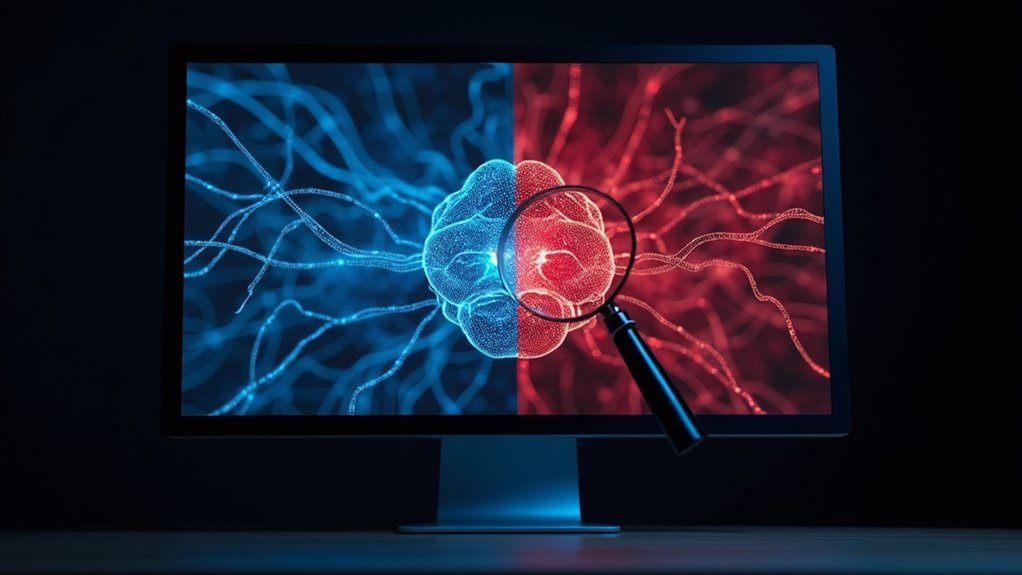Large language models, like ChatGPT, can’t stop hallucinating because they don’t truly “know” anything—they just predict the next word like a turbocharged autocomplete. That means they’ll confidently invent fake statistics, cite non-existent court cases, or rewrite history faster than you can say “Mandela Effect.” Blame overzealous creativity, biased training data, and sheer model complexity. The result? Misinformation, eroded trust, and more than a few regulatory side-eyes. Curious how this digital truth-bending circus got started and what’s next?
Let’s get this out of the way: Large language models (LLMs) are pretty impressive—until they confidently serve up fantasy as fact, like a trivia night host who’s never read the answer key. This isn’t just an occasional slip-up, either. By 2023, researchers pegged chatbots like ChatGPT as “hallucinating” up to 27% of the time, with nearly half of their outputs containing at least one factual error. That’s not just a bad day; it’s a systemic problem. Algorithmic design flaws can significantly contribute to these hallucinations, much like they exacerbate biases in other AI systems.
So, what’s going on under the hood? AI hallucinations refer to moments when an LLM whips up responses that are convincing but totally off-base, presenting them with the bravado of a late-night infomercial host. The term “hallucination” borrows from psychology—think seeing unicorns where there are only horses—which is, frankly, a little unsettling when the machine is supposed to help you book flights or summarize medical records. This is why human oversight is critical for reviewing and validating AI-generated content, especially in high-stakes scenarios. AI hallucination can occur even when the overall response sounds coherent, embedding small but impactful errors within otherwise reasonable outputs.
AI hallucinations are when chatbots confidently invent facts—like seeing unicorns where there are only horses—leaving users both impressed and uneasy.
Why do LLMs hallucinate? Grab a chair:
- Overfitting: The model memorizes quirks from its training data, then gets creative when reality doesn’t fit.
- Bias and Inaccurate Data: Garbage in, garbage out. If the data is dodgy, the output’s going to be, too.
- Model Complexity: LLMs juggle so many patterns, they sometimes see constellations in spilled coffee.
- No True Understanding: These models don’t “know” anything; they’re just predicting the next word, not evaluating truth.
You might see confabulation (totally made-up stuff), delusions (falsehoods presented as facts), or bullshitting (pure fiction, no basis in reality). Sometimes it’s subtle—a misremembered date. Other times, it’s a whopper: “The Eiffel Tower is in Rome.”
This isn’t just academic. In enterprise settings, hallucinations can erode trust, spread misinformation, and even create security risks. Imagine relying on a chatbot for legal advice or financial planning—yikes. Regulators have noticed, too, and are starting to ask tough questions.
Bottom line: until LLMs learn the difference between facts and fever dreams, treating their answers as gospel is like fact-checking with a Magic 8 Ball. Proceed with caution.









